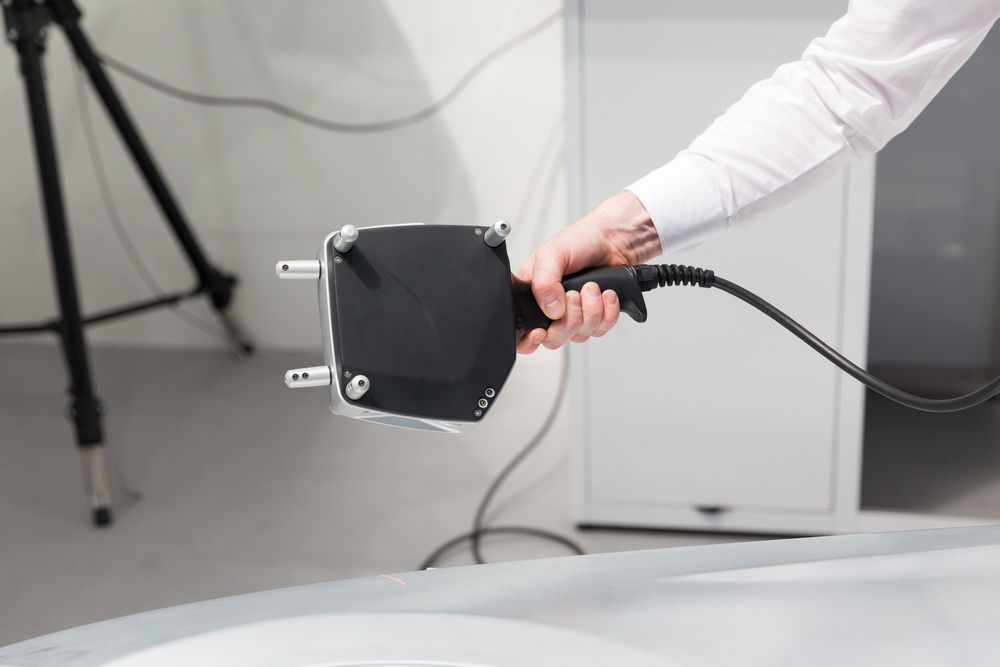There are several common features of document scanning. These machines read documents at speeds of up to 18,000 pages per hour and have barcode reading capability. Other features include high-resolution scanners, high-speed data capture, and automated exception handling. These devices also produce a variety of image files for export to various document repositories. Document scanning solutions can be integrated with a wide variety of business applications. However, they should not be used for personal documents. Read and visit https://evernote.com/features/document-scanning to know more about scanning documents.
Hand scanners have a small window
Documents are often narrower than normal to make them suitable for hand scanning. Hand scanners have narrow windows and are not designed to scan entire books. Instead, you can watch snippets or smaller portions of the document, such as one quote from a book or an article from a newspaper. Depending on the size of the paper, a hand scanner may have several options for capturing the snippet.
A hand scanner is usually battery-operated and has a window to scan documents. They can check an area as large as a letter, but it often comes with storage capability. These scanners typically work with a computer, which stores the scanned documents. There are also small portable hand scanners available that can be used without a computer. Many hand scanners have a window for document scanning, and you can store the documents to transfer them to your computer later.
Hand scanners have a proprietary interface module
A hand scanner is a type of digital imaging device. The scanner is generally narrower than normal document sizes and has a small window to view the scanned document. The interface module is often a dynamically linked library that translates API procedure calls into hardware requests. Earlier models of hand scanners used proprietary interface modules for Atari ST and Commodore Amiga computers. Today, most hand scanners use a USB interface.
A hand scanner with an interface module is also called a digital imaging device. It is different from a desktop scanner because it does not need to be in contact with the scanned document. It can scan various objects, including stapled, folded, and crumpled documents. The image processor in a hand scanner has four notification functions to let the user know if a problematic image has been detected.
Hand scanners can read at speeds of 18,000 documents per hour
If you frequently scan papers and documents, you may already be familiar with the basics of scanning. You should determine your purpose and identify the appropriate material to study. You should also know how you want the information organized. Material may be alphabetical, chronological, textual, or collected by category. Alphabetical information is arranged A-Z, while chronological information is arranged by time. You should always keep the original document in front of you while scanning.
For high-volume scanning, you may need to invest in a high-speed scanner that can read at speeds of up to 18,000 documents per hour. You can find handheld scanners in various sizes, from small to large. You may also want to consider a desktop model. The Kodak i3500 Scanner, for instance, offers a high-speed, high-resolution scanner that can scan documents up to 110 pages per minute. This model has a continuous feed mode and supports various document sizes. Its features include barcode reading, automatic orientation, and Intelligent Document Protection.
Wand scanners can read bar-codes
If you’re familiar with reading barcodes, you’ll know that scanning requires some knowledge about the different types of codes. The resolution of a barcode reader determines how accurate it is, as a wide dot may accidentally overlap two barcode elements. In addition, a little dot can misinterpret any single spot on a barcode. As a result, the resolution of a wand scanner is often better than its counterpart.
Wand scanners are used in retail environments where scanning is an integral part of the business. Unlike a pen, a wand scanner can read barcodes on anything with a barcode, regardless of the color of the barcode. The basic wand scanner is used in convenience stores. Wand scanners resemble giant oversized razors or electronic pens. They work by shining a red LED onto a white and black barcode pattern. By measuring the reflected light, wand scanners can determine whether the barcode has a black or white space.

